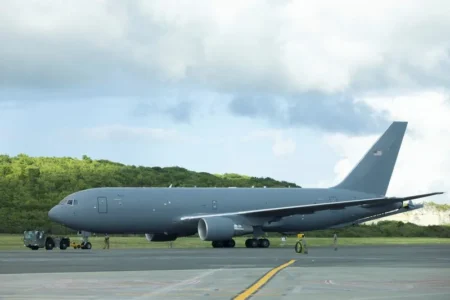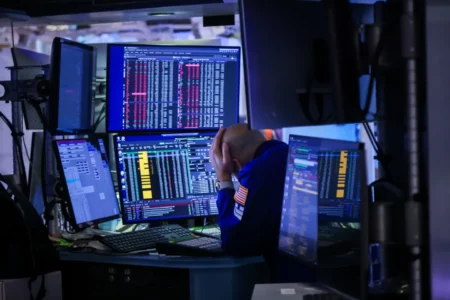The Trump administration is preparing fallback options in case the Supreme Court overturns one of the president’s major tariff powers. Officials say the team is exploring alternative ways to keep tariffs in place quickly.
The Commerce Department and the Office of the US Trade Representative have reviewed backup strategies, including Section 301 and Section 122 of the Trade Act. These give the president authority to impose duties, though they are generally narrower and slower than Trump’s current powers. Legal challenges could also arise if these alternatives are used.
Trump has emphasized his hope that the court will uphold his tariffs, which were based on economic emergencies. Still, preparations signal the administration is ready for a negative ruling. A senior official, speaking anonymously, said tariffs remain central to Trump’s economic plan, regardless of the court outcome.
“We’re waiting for a decision. We hope it’s good, but if it’s not, we’ll find ways,” Trump said Wednesday.
A White House spokesperson declined to provide details but confirmed that officials are exploring “new ways” to maintain the president’s trade strategy. The spokesperson added that Trump lawfully exercised emergency powers and remains confident in a Supreme Court victory.
The Supreme Court ruling could come at any time. Justices may uphold all tariffs, strike them down, or take a partial approach. Businesses and foreign governments are watching closely, as the outcome could create uncertainty in trade relations.
Scott Lincicome, vice president of general economics at the Cato Institute, said the administration is likely to act quickly to restore any tariffs struck down. “They’re going to basically piece it all back together,” he said.
The case focuses on Trump’s use of the International Emergency Economic Powers Act (IEEPA). Under IEEPA, he has imposed global “reciprocal” tariffs and specific charges on Chinese, Canadian, and Mexican goods, along with duties on Brazilian products linked to political concerns.
Bloomberg Economics estimates the total effective tariff rate on US imports is about 14.4%, with more than half from IEEPA duties. Economists expect most of these duties to be replaced if the Supreme Court invalidates the current levies.
Some backup actions are already in motion. Trump has opened a Section 301 investigation on Brazil and maintains 301 tariffs on some Chinese products from his first term. However, Section 301 investigations can take months before duties are imposed.
National Economic Council Director Kevin Hassett said the administration could turn to Section 301 or Section 122 to restore import taxes if the court rules against it. Section 122 allows tariffs up to 15% for 150 days, a limit Trump trade advisers have cited as a reason not to rely heavily on it.
Section 232 of the Trade Expansion Act has also been used to impose duties on metals and autos. New investigations and duties continue, but European trading partners have complained that expanding these tariffs may violate US-EU trade agreements.
Section 338 of the Tariff Act is another possible tool. Legal experts warn it could face immediate litigation because it has never been used before.
Officials would face challenges if they attempt to combine or reset these alternative tariffs, including questions about retroactive application or refunds for duties already collected. An adverse ruling could require returning more than $88 billion in collected tariffs.
White House Deputy Chief of Staff James Blair expressed cautious optimism. He said there is a “50-50 chance or better” of the administration prevailing. If not, Trump’s team has tools to reimpose any struck-down tariffs through existing authorities.







